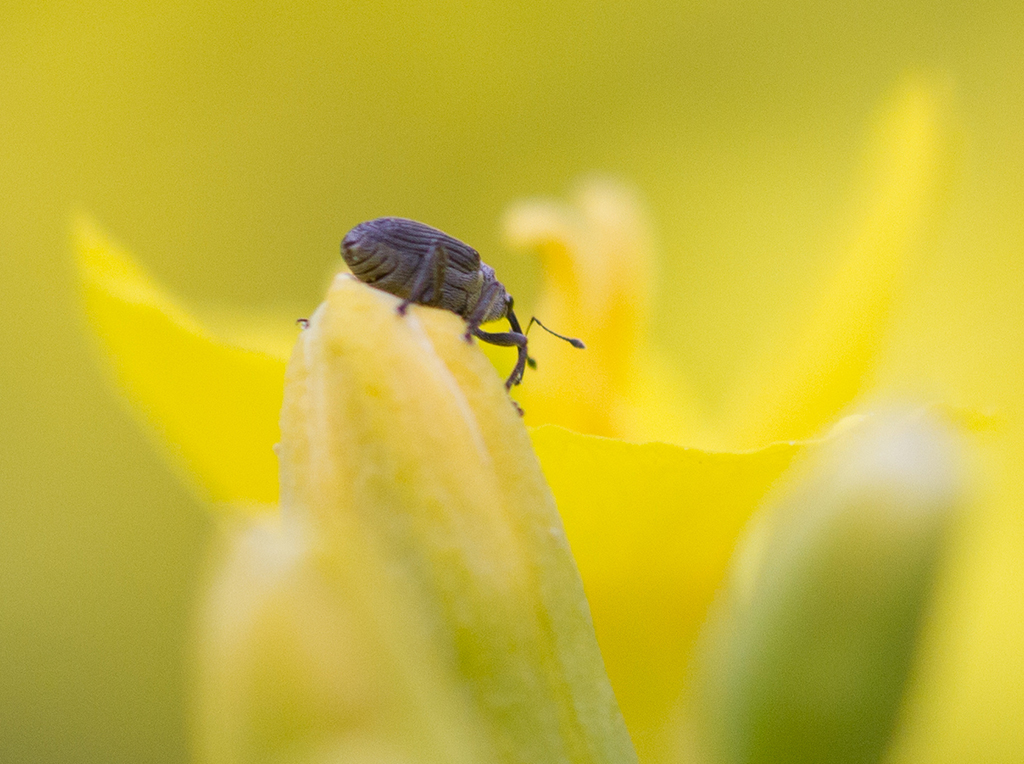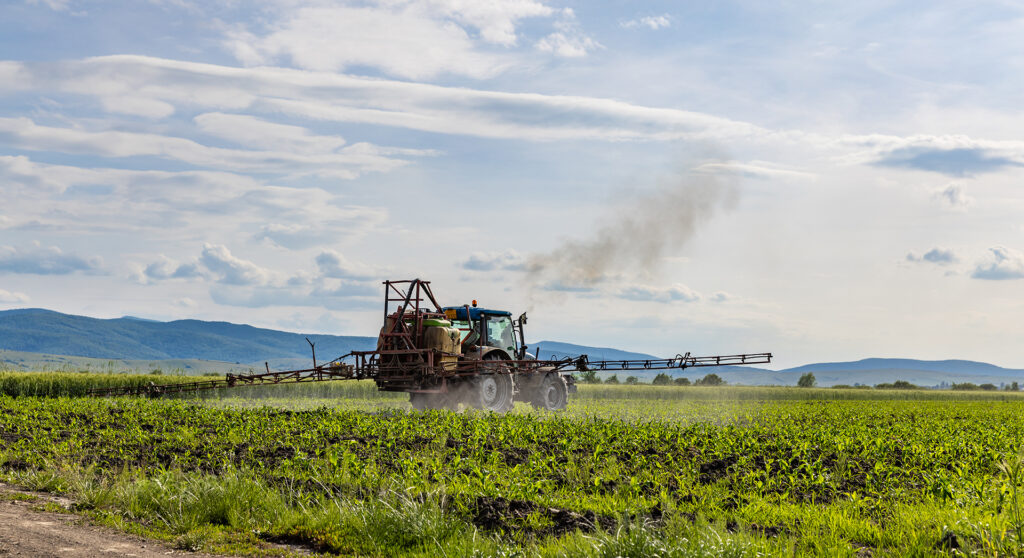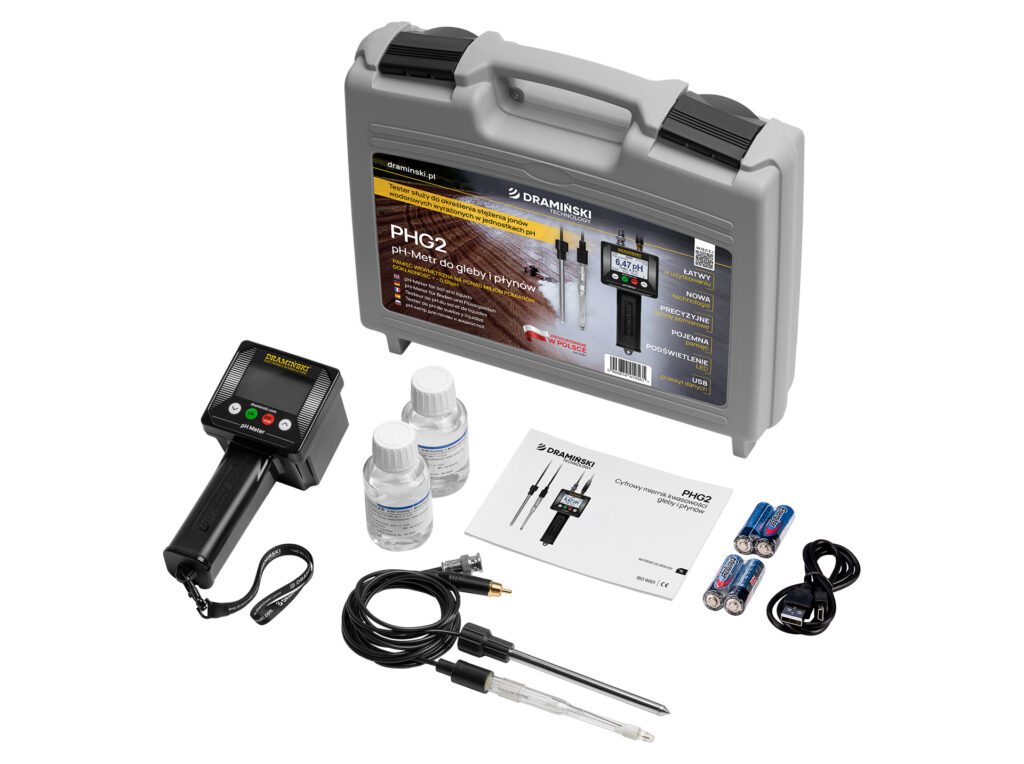Protecting Rapeseed from Siliqua Pests – How to Effectively Safeguard Your Crop

Spring and early summer mark a critical period in rapeseed cultivation. After dealing with stem weevils and pollen beetles, even more serious threats emerge – siliqua pests like the cabbage seed weevil and the brassica pod midge. Though small and inconspicuous, these insects can cause significant yield losses if crop protection measures aren’t applied precisely and at the right time.

Pests and Their Impact on Yield
🔸 Cabbage seed weevil – females lay eggs inside young pods, and the larvae damage developing seeds and create entry points for pathogens and other pests.
🔸 Brassica pod midge – larvae feeding within the pods lead to premature splitting and seed loss.
Effective protection requires:
• Monitoring using yellow traps and regular plant inspections
• Acting promptly when economic thresholds are exceeded (e.g., 1 insect per plant)
• Timely and accurate application of crop protection products – before egg-laying begins

Why Are Water pH and Hardness Crucial for Spraying Effectiveness?
In daily farming practice, it’s often overlooked that water is not just a filler in spray solutions – it’s the main ingredient. In most standard spray mixes – especially simple ones – water can make up 95–99% of the total spray volume. In other words, water is the vehicle that delivers active ingredients to the target, determining whether they arrive in a potent, effective form.
It’s not only the choice of pesticide that matters – water quality, especially pH and hardness, plays a key role in spray performance. Poor water parameters can:
❗ Degrade active substances
High-pH water (above 7) speeds up the breakdown of many chemical compounds – particularly phenoxy herbicides and contact fungicides like mancozeb and captan. On the other hand, overly low pH can reduce the solubility of some products.
The optimal pH for most pesticides ranges between 5.5 and 6.5, though there are exceptions – for example, sulfonylureas perform better at pH 7.5–9.0.
❗ Cause sediment formation and bind active ingredients
Hard water – high in calcium, magnesium, sodium, or iron ions – can lead to the formation of insoluble salts, which reduce the effectiveness of pesticides. Sediment can also coat plant surfaces and block the absorption of active compounds.

✅ That’s why it’s worth checking water pH and hardness before every spray!
Regular monitoring of water quality isn’t an over-the-top practice – it’s a necessity in modern precision agriculture. In fact, spray effectiveness is most often lost at this stage – a loss that can be easily prevented.
Benefits of monitoring pH and water hardness:
🔹 Improved spray effectiveness
🔹 Savings on crop protection products and fertilizers
🔹 Reduced environmental contamination risk
🔹 Lower chance of pest resistance development
🔹 Better use of crop yield potential
When it comes to controlling siliqua pests in rapeseed, precision and effectiveness are everything. In addition to choosing the right product and timing the application correctly, water quality – especially pH and hardness – has a direct impact on spray results.
Don’t let poor water parameters cut your protection efforts in half.
Pay attention to the details – start with pH!
👉 Check out Dramiński’s range of pH meters: https://draminski.com/product/draminski-ph-meter-phg2.




